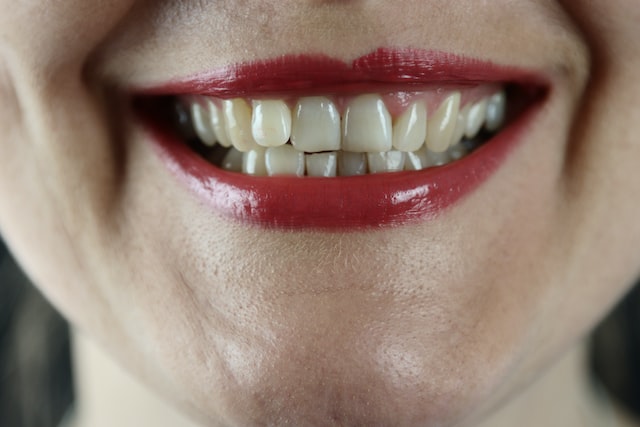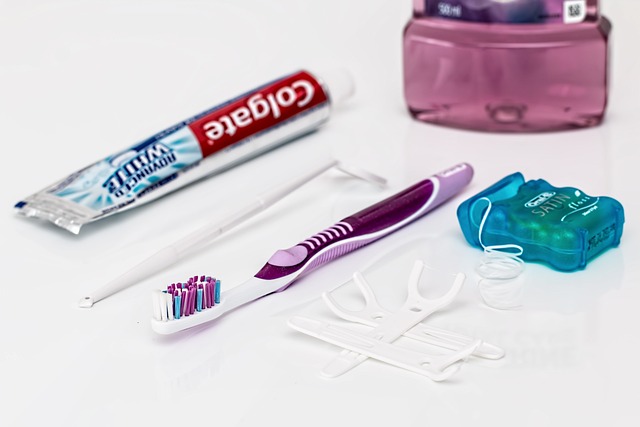How to Whiten Smokers Teeth

If we were to list all the ways in which smoking can negatively impact one’s health, we’d be here all day.
Luckily, that’s not what we will be discussing today.
Understandably, we will only focus on teeth, the aesthetic consequences smoking can leave on them, and how to fix them.
Simply put, smoking stains your teeth, and it can also cause more dental plaque and quicken the effects of gum disease, and we want to prevent that.
However, smoking is a comfort habit for many, and some people simply find it hard to quit.
Whether you’re an ex-smoker or still light up a cigarette every now and then, the chances are your teeth may not look as white and pearly as you’d want them to. But that’s okay because, luckily, there are many whitening methods that could help your teeth look brand new.
If you’re interested to learn more, you can view this page and get informed about different types of dental services.
Smokers Teeth Whitening Methods
As we’ve discussed, nicotine can stain your teeth and make them appear yellow. However, there are many different ways you can whiten your teeth.
After all, teeth whitening is probably the most popular procedure when it comes to cosmetic dentistry.
So, we first need to establish that not all teeth whitening methods are created equal. That means milder teeth whitening methods, such as at-home ones may not work for certain patients due to varying intensities of discoloration.
So, when trying to decide on your go-to method you should consider three things, your budget, the severity of your teeth discolorations, and how often you’d like to expose your teeth to whitening treatments.
Depending on your situation and preference you have several different options. These options include professional teeth whitening, at-home treatments, and DIY remedies.
So, let’s go over the different teeth whitening methods one by one.
Professional teeth whitening

Photo Credit: Unsplash
Cosmetic dentistry is a gift that keeps on giving, allowing you to achieve your dream smile through different means. One of those means is professional teeth whitening.
This is probably the method that provides the best teeth whitening for smokers since it can remove stubborn stains on your teeth with just a few treatments. It may seem like a particularly rewarding option if you’ve already tried DIY teeth whitening treatments and found them to not be helpful.
Professional teeth whitening can be divided into two categories:
- Teeth whitening at the dentist’s office — This type of teeth whitening is done in-office by your dentist of choice. It’s usually divided into a few appointments, depending on your specific needs. And, the whitening sessions usually last for 15–30 minutes. There are two common options for this type of teeth whitening. The first includes a high-concentration hydrogen peroxide gel that is applied using a syringe. And the second one also includes hydrogen peroxide, though this time it is used in combination with LED, UV, or halogen lights. Using a lamp or a laser, the light is applied directly to your teeth. This type of whitening shows instant results, meaning your teeth will be several shades whiter in less than half an hour.
- At-home treatments — Another great treatment method are at-home kits. These kits are customized and they include a tray made to fit your teeth and mouth. This method is great for people with sensitive teeth. While in-office treatments might be a tricky option for patients who have teeth sensitivity, at-home treatments present no such problem. At-home treatments, however, aren’t only designed for patients reluctant to do in-office ones. People with significantly stained teeth might benefit from doing both of these types of treatments.
Over-the-Counter Teeth Whitening Methods
If you’re interested in over-the-counter teeth whitening products you probably don’t need to look further than your local pharmacy.
That is because most pharmacies carry these types of products, and there’s a wide variety of products to choose from too. Teeth whitening strips and gels are most commonly used.
In addition, bleaches that are applied with trays are also a popular option. These products are a great way to get rid of stains commonly associated with years of smoking.
Strips and gels can be used on a regular basis. But, you should consult your doctor about whether your teeth are in good enough shape for bleaching.
At-Home DIY Methods

Photo Credit: Pixabay
Just like with most things, there are DIY methods for teeth whitening too. And, most of these are things you can incorporate into your daily routine to maintain your teeth and keep them from going yellow.
These methods include:
- Brushing your teeth with baking soda and peroxide — Using a paste made from baking soda and a couple of drops of peroxide as toothpaste can do wonders when it comes to whitening your teeth. Also, you can use this homemade toothpaste every day.
- Brushing your teeth after smoking — If you don’t plan to quit smoking any time soon but still want nice teeth, you need to maintain them properly. That includes brushing your teeth after smoking. By removing tartar and chemicals from your teeth as soon as possible, you will minimize the chances of your teeth becoming stained.
- Mouthwash and brushing — Brushing your teeth while holding mouthwash in your mouth is a fun teeth-whitening trick. Essentially, you’ll be brushing your teeth through your closed mouth by pushing the brush inside so it can get past your lips.
- Hydrogen peroxide rinse — Hydrogen peroxide can essentially serve as a mouthwash. However, you need to dilute it with water first. Make sure to use less than an ounce of hydrogen peroxide to create this mixture.
Then, you can simply rinse your mouth with it for a few seconds before spitting it out. This is a simple and easy way to lift the stains from your teeth, and it’s a good habit to incorporate into your dental routine.
About The Author:
Gilbert D. Curtis, DDS, is an associate professor at the University of Connecticut School of Dental Medicine. He teaches both the undergraduate Doctor of Dental Medicine curriculum and the Advanced Education General Dentistry Residency.

